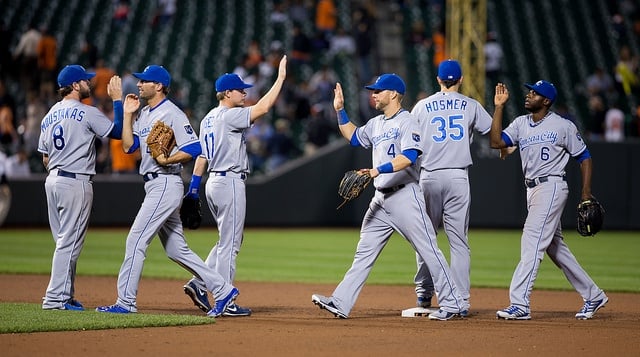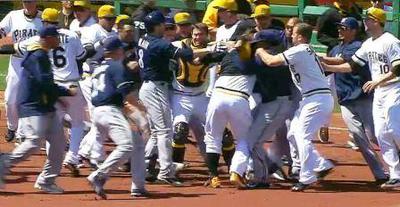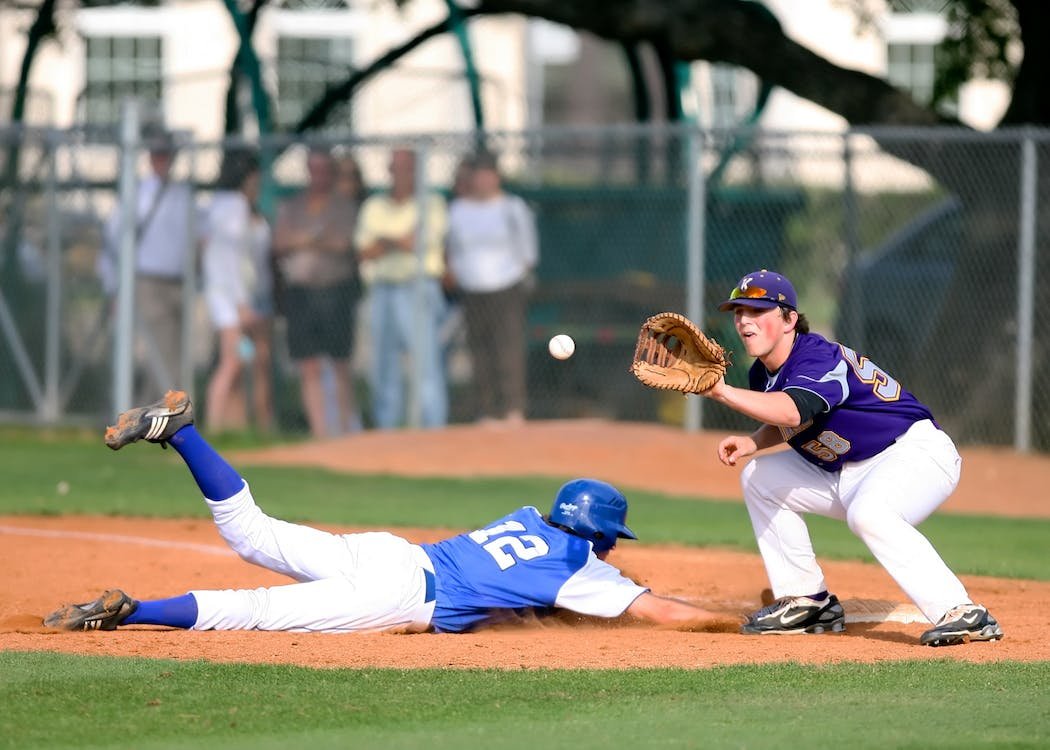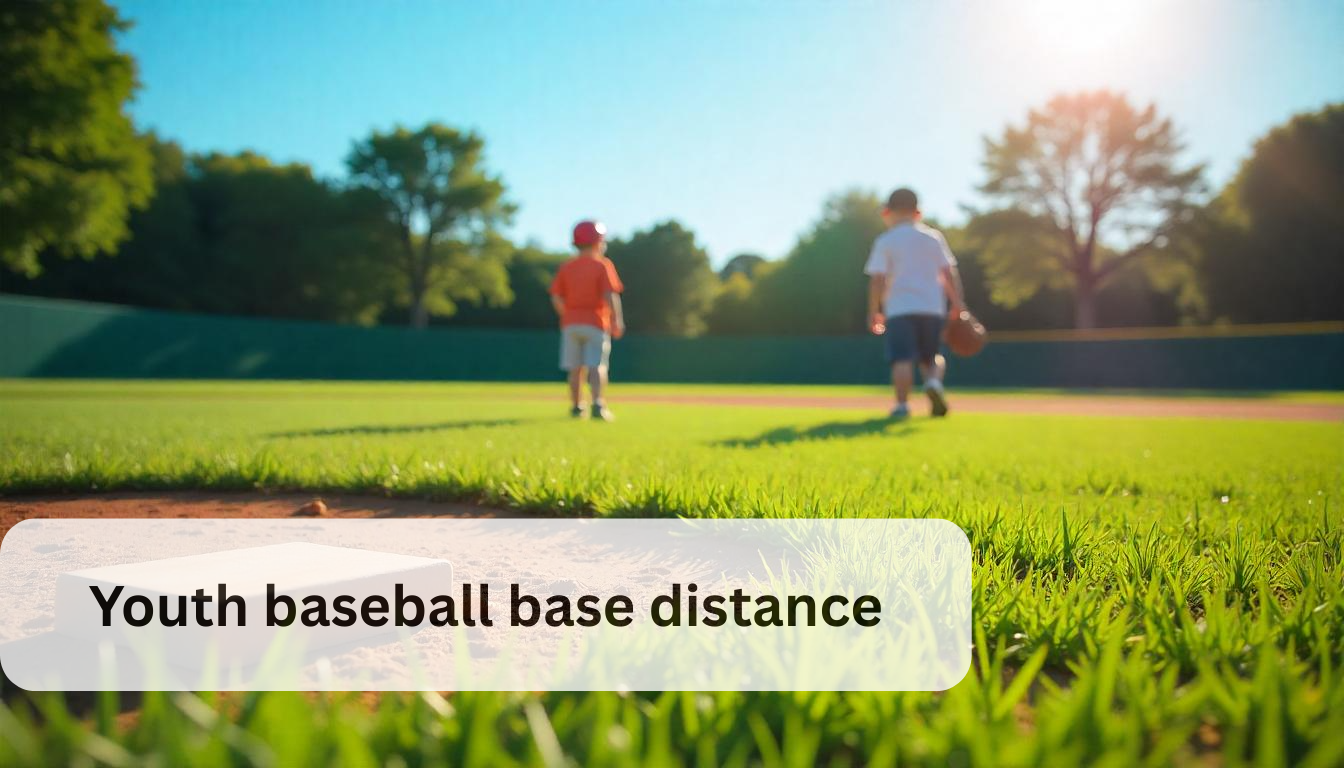High school baseball games typically last seven innings. This is different from professional baseball, which usually has nine innings.
Understanding the structure of a high school baseball game is important. Knowing how many innings are played helps fans, players, and parents plan their time. The seven-inning format keeps games shorter and more manageable. It’s designed to fit within the school schedule.
This structure also helps young athletes focus on their development. Playing fewer innings reduces fatigue and potential injuries. Whether you’re new to high school baseball or a seasoned fan, this information is useful. You can better enjoy the game when you know what to expect. Let’s explore more about the unique aspects of high school baseball and why the seven-inning format works well.
Introduction To High School Baseball
High school baseball games typically consist of seven innings. This is different from the nine innings played in professional baseball. The shorter game length keeps the matches engaging and manageable for student athletes.
High school baseball is a vibrant and competitive sport. It brings together young athletes from various backgrounds. These players showcase their skills on the field. High school baseball is not just about physical ability. It also emphasizes teamwork, strategy, and sportsmanship. This sport helps students grow both on and off the field. It can lead to lifelong friendships and valuable life lessons.
Overview Of The Game
High school baseball games consist of seven innings. Each inning is divided into two halves. The visiting team bats in the top half. The home team bats in the bottom half. The goal is to score more runs than the opposing team. Each team gets three outs per half-inning. Once both halves are completed, one inning is over. The game continues until all seven innings are played. If the score is tied after seven innings, extra innings may be played. This ensures that there is a winner.
Key Differences From Other Levels
High school baseball differs from college and professional baseball. One major difference is the number of innings. High school games have seven innings. College and professional games have nine innings. The pitching distance in high school is also shorter. It is 60 feet, 6 inches from the mound to home plate. In college and professional baseball, the distance is the same. However, the skill level of pitchers increases with each level. Another difference is the use of designated hitters. High school teams may choose to use a designated hitter. This player bats in place of the pitcher. This rule helps maintain competitive balance. It also provides more opportunities for players to participate. High school baseball places a strong emphasis on education. Players must maintain good grades to stay eligible. This ensures that student-athletes balance academics and sports. It promotes discipline and responsibility among young players. “`
Structure Of A High School Baseball Game
High school baseball games follow a specific structure. Understanding this structure helps players and fans enjoy the game more. The structure includes the number of innings and the duration of each inning.
Number Of Innings
A high school baseball game typically consists of seven innings. This is different from professional baseball, which usually has nine innings. Each inning is divided into two halves. The visiting team bats in the top half, and the home team bats in the bottom half.
Duration Of Each Inning
The duration of each inning can vary. It depends on the pace of play. A fast inning might last just 10 minutes. A longer inning can take up to 30 minutes or more. Factors affecting the duration include:
- Number of pitches thrown
- Number of hits and runs
- Defensive and offensive strategies
On average, a high school baseball game lasts around two hours. But this can change based on how the game unfolds.
| Inning | Average Duration |
|---|---|
| 1st to 3rd | 15-20 minutes each |
| 4th to 6th | 20-25 minutes each |
| 7th | 30 minutes |
Understanding these elements helps in planning and enjoying the game. Whether you are a player, coach, or fan, knowing the structure adds to the experience.
Rules Governing Innings
High school baseball has unique rules, especially for innings. These rules ensure fair play and consistency. Knowing the regulations helps players and fans understand the game better.
Regulations By State
Different states may have varying rules for high school baseball. Some states follow the National Federation of State High School Associations (NFHS) guidelines strictly. Others may have their own adjustments.
For example, in Texas, high school baseball games usually last seven innings. In California, the same rule applies. However, some states like New York might have exceptions for weather or tournament games.
State regulations can also affect the game length. If a game is tied after the standard innings, extra innings may be played. This rule ensures a winner is decided.
National Standards
The NFHS sets the national standards for high school baseball. Generally, a standard game consists of seven innings.
These national rules aim to maintain consistency across states. Yet, they allow flexibility for local adaptations.
According to NFHS rules, if a team is ahead by ten runs after five innings, the game can end early. This is known as the mercy rule. It helps prevent one-sided games and ensures player safety.
Another important rule is the pitch count limit. It regulates how many pitches a player can throw in a game. This rule protects young players’ arms and promotes long-term health.
Understanding these national standards is crucial. It ensures that players and coaches can plan and strategize effectively.

Credit: www.casino.org
Extra Innings And Tie Breakers
High school baseball can be thrilling, especially when the game goes beyond the regular innings. Extra innings and tie breakers add excitement and tension. Let’s explore how these rules work.
When Extra Innings Occur
Extra innings occur when the game is tied after the standard seven innings. The teams continue to play until one team outscores the other in a complete inning. This ensures a fair chance for both teams to bat and field.
Tie Breaker Rules
High school baseball may follow specific tie breaker rules to speed up the game. These rules can vary by state or league but often include:
- Starting with runners on base: Teams may start with a runner on second base in extra innings.
- Limiting extra innings: Some leagues cap the number of extra innings to avoid long games.
- Using the international tie breaker: This rule places the last batter of the previous inning on second base to start the new inning.
| Rule | Description |
|---|---|
| Starting with runners on base | Runner on second base at the start of each extra inning |
| Limiting extra innings | Maximum number of extra innings allowed |
| International tie breaker | Last batter on second base to start each extra inning |
Impact Of Innings On Game Strategy
The number of innings in high school baseball directly affects game strategy. Each decision made by coaches and players hinges on these innings. Understanding their impact can lead to better game outcomes.
Coaching Decisions
Coaches must plan their moves carefully across the innings. Early decisions set the pace for the game. They decide when to use their best pitchers. Timing can be crucial. Saving strong pitchers for later innings can be a winning strategy. Coaches also decide on batting order. They may place the strongest hitters at key moments. This can make a difference in close games.
Player Management
Players need to manage their energy over the innings. Long games can be tiring. Coaches must watch for signs of fatigue. They may substitute players to keep the team strong. This keeps everyone performing at their best. Players also need to stay focused. One mistake can change the game’s outcome. Good player management ensures a high level of play throughout all innings.
Common Inning-related Scenarios
In high school baseball, several scenarios can affect how many innings a game has. These scenarios often involve external factors or game regulations. Let’s explore some of the most common inning-related scenarios that can impact high school baseball games.
Rain Delays
Rain can cause significant delays in high school baseball games. If the rain is heavy, the game may need to be paused. Umpires and coaches will decide if the field is playable. Once the rain stops, the game can resume. If the rain persists, the game might be postponed or rescheduled.
Shortened Games
Sometimes, high school baseball games are shortened. This could be due to various reasons. One common reason is the “mercy rule.” If one team leads by a large margin, the game may end early. Another reason could be time constraints, such as school events or travel requirements. In some cases, weather conditions may force a game to be shortened.
Historical Evolution Of Innings In High School Baseball
The historical evolution of innings in high school baseball is fascinating. Understanding this evolution helps fans and players appreciate the game more. High school baseball has seen several changes over time. These changes have shaped how the game is played today.
Changes Over The Years
Initially, high school baseball games did not have a set number of innings. Teams played until it got dark or they reached an agreed score. This lack of structure made games unpredictable. Eventually, a standard was needed to create fairness and consistency.
As high school baseball became more organized, the number of innings was set at seven. This change helped align the high school game with college baseball. It also made the games more manageable for student-athletes. Today, almost all high school baseball games are seven innings long.
Influence Of Professional Baseball
Professional baseball has greatly influenced high school baseball. The standard nine innings in professional games inspired changes at the high school level. Coaches and players looked up to the pros. This admiration led to adopting practices and rules from professional baseball.
While high school games settled at seven innings, the influence of professional baseball remains strong. Many rules and strategies in high school games mirror those in the professional leagues. This connection helps young players prepare for higher levels of competition.

Credit: liberty.kernhigh.org
Preparing For A High School Baseball Game
Getting ready for a high school baseball game involves more than just showing up. Players need to be both mentally and physically prepared. This preparation can make a big difference on game day. Below, we will explore two key areas: Mental Preparation and Physical Conditioning.
Mental Preparation
Mental preparation is crucial for any athlete. Players need to focus on their goals and strategies. This helps them perform better during the game. Here are some tips for mental preparation:
- Visualize success. Imagine hitting a home run or making a great catch.
- Stay positive. Believe in your abilities and your team’s strength.
- Learn from past games. Think about what worked and what didn’t.
- Practice mindfulness. Stay calm and focused, even under pressure.
Physical Conditioning
Physical conditioning is just as important as mental preparation. Players need to be in top shape to perform well. Here are some ways to get physically ready:
| Activity | Benefits |
|---|---|
| Warm-up exercises | Prepares muscles, reduces injury risk |
| Strength training | Improves power and endurance |
| Cardio workouts | Boosts stamina and speed |
| Flexibility exercises | Increases range of motion, prevents injuries |
Remember, a well-rounded training routine is key. Focus on different aspects of fitness. This ensures you are ready for any challenge on the field.

Credit: www.theoleballgame.com
Frequently Asked Questions
How Many Innings Are In High School Baseball?
High school baseball games typically consist of seven innings. This is shorter than the nine innings seen in professional baseball.
Are Extra Innings Allowed In High School Baseball?
Yes, extra innings are allowed if the game is tied after seven innings. This is to determine a winner.
How Long Does A High School Baseball Game Last?
A high school baseball game usually lasts around two hours. The duration can vary based on game pace and extra innings.
What Happens If It Rains During A High School Game?
If it rains, the game can be delayed or rescheduled. The decision depends on the severity of the weather.
Conclusion
High school baseball games typically have seven innings. These shorter games provide excitement and challenge for young players. Understanding the structure helps fans enjoy the sport more. It also aids players in strategizing better. Knowing the game format is essential.
It makes following the action easier. High school baseball is thrilling, with each inning packed with anticipation. So, next time you watch, you’ll be well-informed. Enjoy the game!





